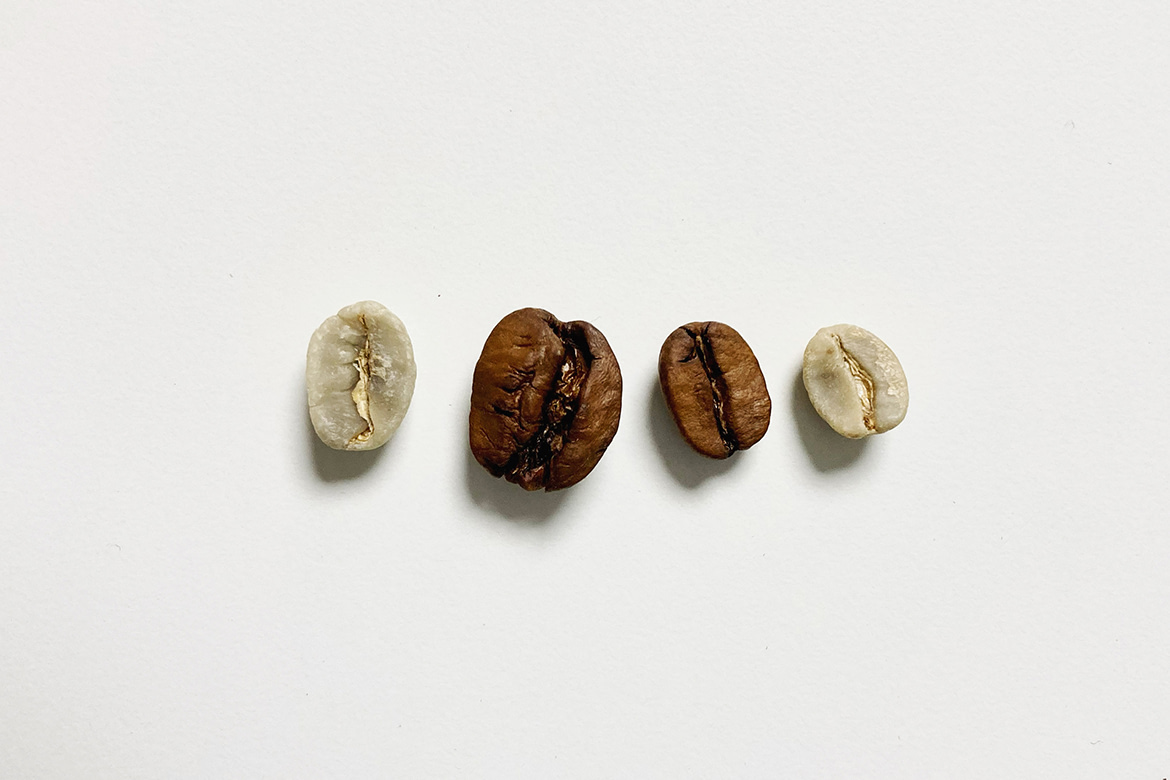Though we may not always want to admit it, caffeine plays a big role in why many of us reach for a coffee. (It’s also why decaf drinkers have the purest form of coffee love; they do it solely for the flavor, not the kick.) We love the flavor, sure, but our lengthy morning coffee rituals aren’t done just for the taste of it. We want some pep. But how much pep (read: caffeine) is there in that cup? It depends on the roast level and brew method.
In a new study by La Marzocco’s Accademia del Caffe Espresso (AdCE), they determine just how these two factors affect the caffeine levels in a coffee, and the results are pretty astounding.
For their research, done in collaboration with CDR CoffeeLab, the AdCE took one coffee—a natural processed Yellow Catuai from Brazil—roasting it to three different levels and brewing it using five different methods: espresso, v60, French press, Moka, and Toddy cold brew (as both a concentrate and a ready-to-drink beverage), creating 18 different beverages in total. The drinks were then analyzed for their overall caffeine levels.
Their findings were two-fold. First, dark roasted coffee had more caffeine by weight then medium or light roast. Contrary to popular belief, this is not due to the roasting process adding caffeine. The overall levels remain the same, but as the amount of roast increases, the moisture levels decrease, and with it the overall weight of the coffee. In short, it takes more green coffee to create 100g of dark-roasted coffee than it does 100g of light roast. And since caffeine isn’t lost in the roasting process, dark roast ends up with higher levels by weight.
So what is the brewing method’s part in all of this? According to the research, caffeine content varies wildly by brew method. While the dark roasted versions of each method tended to have more caffeine than their light- and medium-roasted counterparts, the biggest discrepancies came from the brewers. Espresso, for instance ranged between 120mg and 174mg caffeine per 30ml serving. This is over six times the caffeine content of a v60, which had between 20mg and 35mg, depending on roast level.
These findings show, per the researchers, that some methods are more efficient at extracting caffeine than others. While it is true that dark roast coffee has higher levels of available caffeine by weight, it is ultimately up to the brewer to pull it out. For maximum extraction efficiency, the Moka pot is the clear winner, “thanks to the water temperature of over 90°C and the extraction time.”
So if caffeine is the name of the game for you, dark roast espresso is your jam. Or maybe you just drink whatever it is that you like, knowing that the caffeine will be there for you. And if your preferred beverage doesn’t have enough caffeine, good news! You can just have another cup.
Zac Cadwalader is the managing editor at Sprudge Media Network and a staff writer based in Dallas. Read more Zac Cadwalader on Sprudge.
All media via Accademia del Caffe Espresso
<?php echo adrotate_group(54); ??><?php echo adrotate_ad(589); ??><?php echo adrotate_group(56); ??><?php echo adrotate_ad(589); ??><?php echo adrotate_group(69); ??><?php echo adrotate_ad(589); ??><?php echo adrotate_group(38); ??><?php echo adrotate_ad(589); ??><?php echo adrotate_group(51); ??><?php echo adrotate_ad(589); ??>
Zac Cadwalader
August 9, 2024


